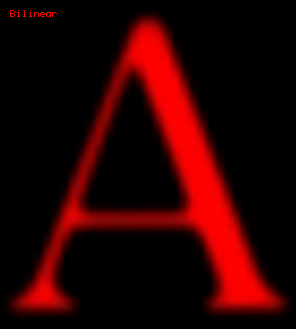Isnt "soap opera effect" simply the look of frame rates significantly higher than 24 FPS?
It even happens to material that is filmed in higher frame rates. For example "The Hobbit". People complained about "Soap Opera Effect" in it. Wasnt it filmed in 48FPS?
I recall people complained about "The Hobbit":
- It doesnt look like Hollywood Cinema, it looks like TV-series (Soap Operas). Explanation: Most TV Shows are US-American. Means, they are filmed at 30 FPS. Thats already higher than Cinema, wich is at 24 FPS. Also the interlacing of video works almost like some sort of frame blending, with the result that the FPS apears doubled.
- It doesnt look "professional", it looks like someone filmed it with a Home Video Camera. Explanation: Home Video Cameras are capable of shooting at 60 FPS for several years already. Even my smartphone can shoot at real 60 FPS (or Ultra HD at 30 FPS). People are used to the looks of 60FPS from their home made videos. So they think, thats the look of amateurish cheapness.
- professional filmmakers complained about: That doesnt look like a movie. It looks like beeing life at the set watching the actors life or like beeing at the theatre. Everything looks far too real, the magic is gone blabla no magical hollywood world but reality.... You start recognising that its all fake, because now you see that some things (Silicon masks and other stuff) dont move correctly, what you didnt at 24FPS. But at 60FPS all movement is crystal clear and you start seeing these things.
All those are not problems of "badly done HFR" or "interpolated HFR" (like some claim), its the problem of HFR and of the head of the people (their experience that professional movies are done at 24FPS and mothers film the first steps of their children in 60FPS, wich causes them to think: 24FPS looks = professional hollywood, 60FPS = cheap home made shit)
![]()




